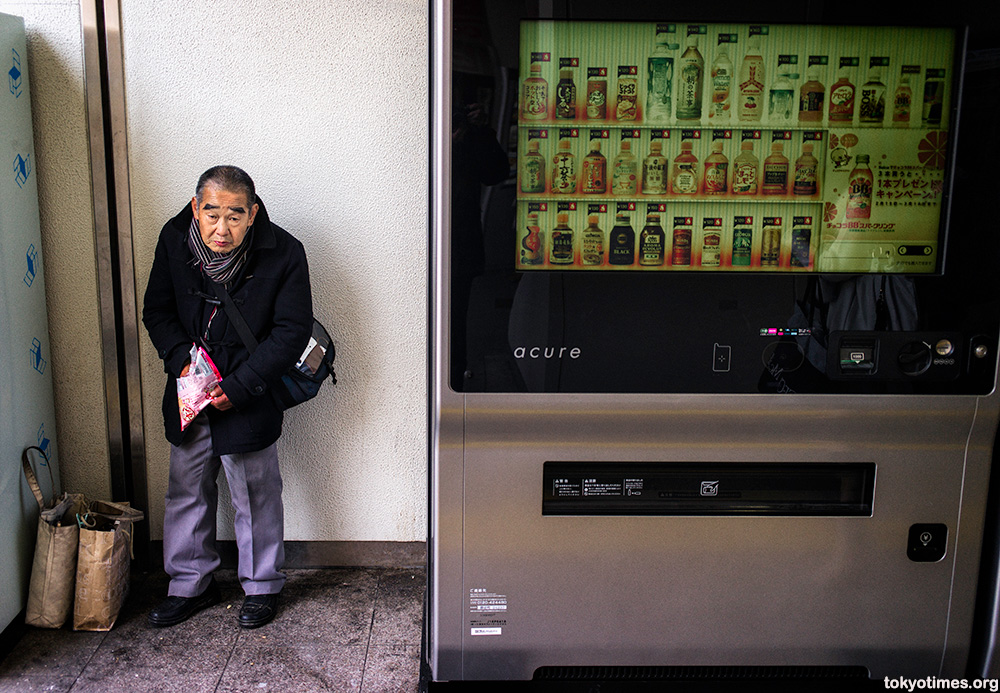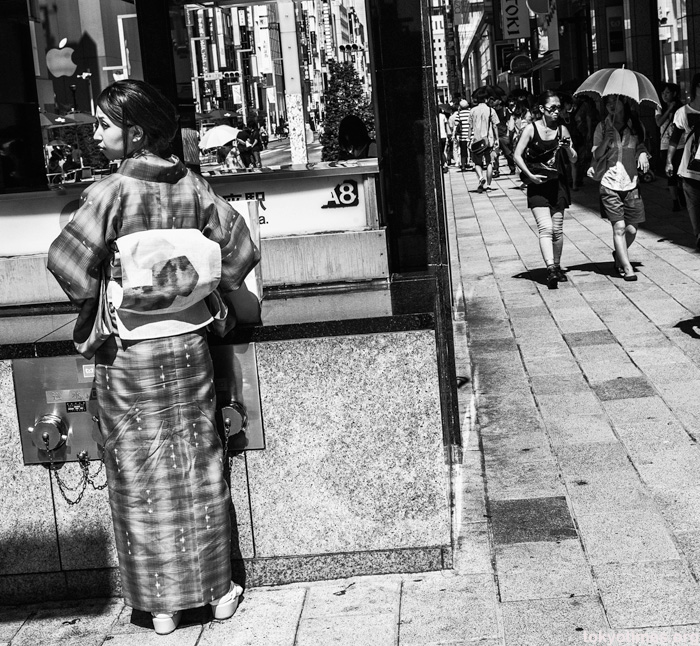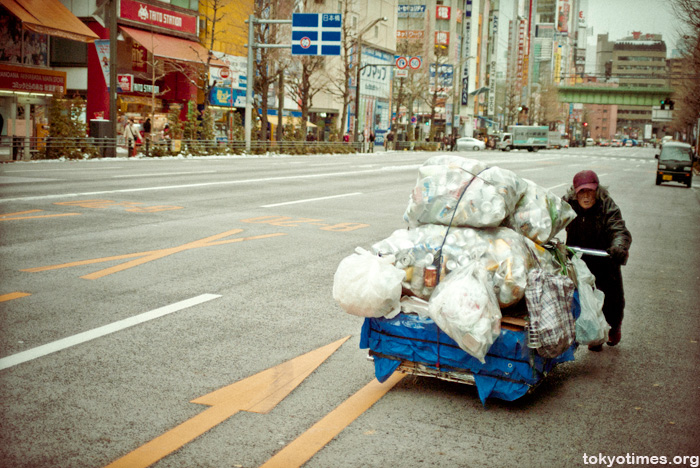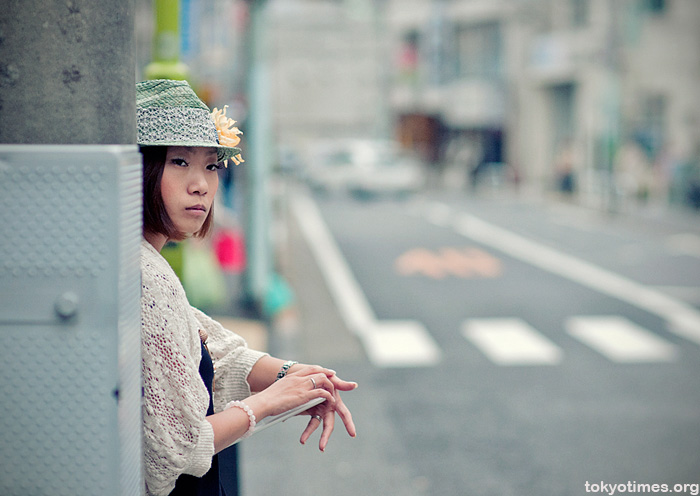Tokyo’s increasingly prevalent touchscreen vending machines are inventions to marvel at. Or at least they usually are. But next to the old man, the sheer size and expenditure of this one seems almost malevolent.

Photographs from a small group of islands
Tokyo’s increasingly prevalent touchscreen vending machines are inventions to marvel at. Or at least they usually are. But next to the old man, the sheer size and expenditure of this one seems almost malevolent.

The demise of Betamax is well documented, but with vinyl enjoying a genuine revival, and some people even going back to cassettes, this man may well feel that after years of ridicule, his day has finally come.


Tokyo’s Akihabara district has certainly been given a facelift over recent years, allowing it to further cement its reputation as an otaku mecca of sorts. A shift that, along with fancy new buildings, has also resulted in arguably more maid cafes than regular, run-of-the-mill ones.
But, at its heart, the area is still all about gadgets and their assorted paraphernalia, and as such, the moniker ‘Electric Town’ still holds true. A feature that continues to attract large numbers of tourists and Tokyoites alike.
However, like many parts of the capital, below the surface it’s not as high-tech, or indeed wholesome, as it may first appear.

When the iPhone was first released in Japan, it really wasn’t that popular — apart from with fanboys and the foreign community that is. Then, a price drop coupled with an ‘iPhone for everybody‘ campaign changed everything, and ‘app’ was suddenly the new watchword. A noticeable shift that meant by the time the iPhone 4 came out, interest and orders were intense.
The iPad, on the other hand, seems to have been popular from the get-go, yet until the recent release of the iPad 2, they weren’t all that noticeable out in the wild as it were. Now, however, they seem to everywhere: in cafes, on the train and also on the street — blurring the line between function, and fashion.
